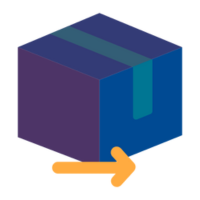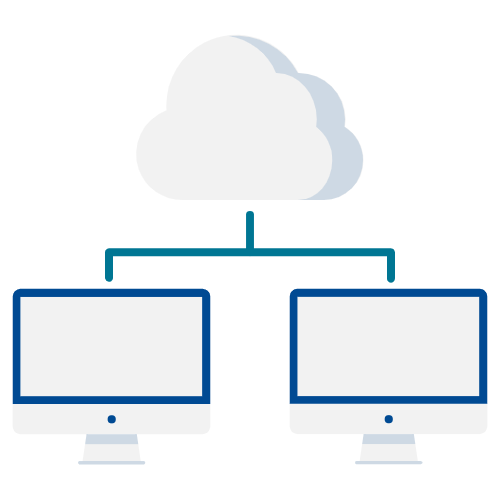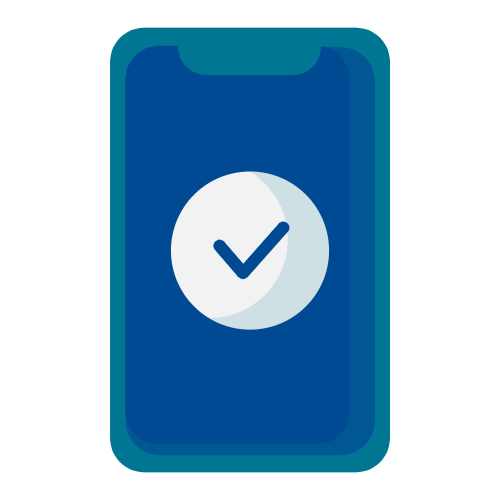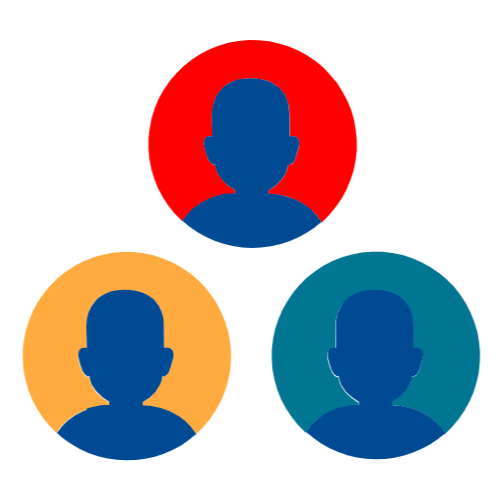Eligibility and Enrollment
Understanding Government Benefits: Eligibility, Enrollment, and the Challenges Ahead
What Are Government Benefits?
Government benefits are financial and service-based programs designed to support individuals and families in need. These programs cover essential needs like healthcare, food, housing, and education, helping millions of Americans achieve stability and well-being.
.png)
Eligibility Screening
Determines whether an individual or household qualifies for a program based on factors like income, family size, employment status, and residency.
Enrollment Status
Tracks whether a person is actively receiving benefits or needs to reapply.
Government Benefits Forms
Required applications to access assistance, which can vary in complexity.
Required Documentation
Proof of identity, income, residency, and other criteria needed to confirm eligibility.
Eligibility and Enrollment: What You Need to Know
Each government program has specific eligibility criteria, often based on income, household size, disability status, or other factors. Programs like Medicaid, SNAP (food assistance), and WIC (nutrition support for women and children) require applicants to provide proof of eligibility through documentation such as income statements, residency verification, and identification.
Enrollment involves filling out an application, submitting required documents, and waiting for verification. While some programs offer online applications, many require in-person visits or paper forms, making the process time-consuming and complex. Additionally, applicants may need to reapply periodically to maintain benefits.
There are numerous entities that can help apply for benefits from government agencies like Social Security, medical institutions like the VA, and local social service organizations.

How Government Benefits Improve Lives
Government benefits play a crucial role in improving lives by providing financial assistance for essential needs such as food, housing, and healthcare. These programs help alleviate poverty, reduce stress, and ensure access to vital services, ultimately enhancing health, education, and overall quality of life—especially for vulnerable populations. Here are specific examples below:
- SNAP Reduces Healthcare Costs
Enrollment in SNAP has been shown to lower healthcare expenses by $1,400 to $4,100 per person annually. Yet, only 42% of eligible older adults are enrolled, missing out on critical nutrition support. - WIC Prevents Preterm Births
Participation in WIC reduces the likelihood of preterm birth by 48%, leading to healthcare savings of $58,917 per preterm birth. However, only 50% of eligible individuals are enrolled nationwide. - TANF helps with Children’s Wellbeing
An expansion of the TANF could lead to a reduction in 29,000 fewer children in foster care and 10% reduction in maltreatment.
Current Trends in Eligibility and Enrollment
New approaches are emerging to modernize and simplify government benefits enrollment. Technology, policy changes, and cross-agency collaboration are helping address long-standing challenges.
Data-Driven Eligibility Screening and Enrollment
Advancements in data sharing allow agencies to verify eligibility without requiring applicants to submit extensive paperwork. By leveraging health information exchanges (HIEs), social services databases, and real-time data verification, some states have successfully reduced processing times and errors.Cross-Agency Collaboration and Policy Changes
Legislative and regulatory efforts are pushing for greater integration between benefits programs. The NYS Medicaid Waiver, for example, requires the Department of Health to track and improve the number of Medicaid beneficiaries also enrolled in SNAP, WIC, and housing assistance programs.Similarly, there’s a growing push for "pre-enrollment" strategies, where individuals already in one program (like Medicaid) are automatically considered for other benefits without requiring a separate application. This could significantly reduce the number of eligible individuals who never enroll due to administrative burdens.

Current Challenges with Eligibility and Enrollment For Government Benefits
Despite the critical role government benefits play in reducing poverty and improving health outcomes, millions of eligible individuals never enroll. Each year, an estimated $80 billion in benefits go unclaimed, impacting healthcare, food security, housing stability, and economic mobility.
Key Eligibility Challenges
- Identity and Record Matching – Inconsistent data-sharing between agencies makes it difficult to verify an applicant’s identity and eligibility across multiple programs.
- Complex Program Navigation – Each program has its own application process, deadlines, and documentation requirements, creating confusion for applicants.
- Changing eligibility requirements - requirements are constantly being reviewed and adjusted. There are many things that can impact this like budget, political desire, response to community issues and more.
Key Enrollment Challenges
- Time-Consuming Applications – Forms can be lengthy and require multiple steps, deterring people from completing them. Often the people that need the help the most have limited time to complete the application.
- Complicated Documentation Requirements – Many applicants struggle to obtain the required paperwork, such as birth certificates, pay stubs, or proof of residency.
Solving the Problem: Improving Eligibility and Enrollment
Fixing these challenges requires a shift toward data-driven, technology-enabled solutions. While Open City Labs has developed tools to address these issues, solving the problem at scale requires broader systemic improvements.
Automated Eligibility Screening
By integrating government databases, agencies could automatically determine eligibility and notify individuals proactively.
Streamlined Application Processes
A "common application" model—similar to the college admissions process—could allow applicants to apply for multiple programs simultaneously.
Data Sharing and Interoperability
Government agencies should adopt common standards for data exchange to improve identity matching and reduce paperwork burdens.
Mobile-Friendly and Digital Enrollment
Allowing people to enroll via mobile devices, scan documents with their phones, and receive real-time updates on their application status could improve accessibility.
Community-Based Enrollment Support
Partnerships with healthcare providers, community organizations, and employers can help people navigate the system and submit applications.
By addressing these challenges, we can ensure that government benefits reach those who need them most—improving health outcomes, economic stability, and overall well-being.
© 2024 OPEN CITY LABS INC





